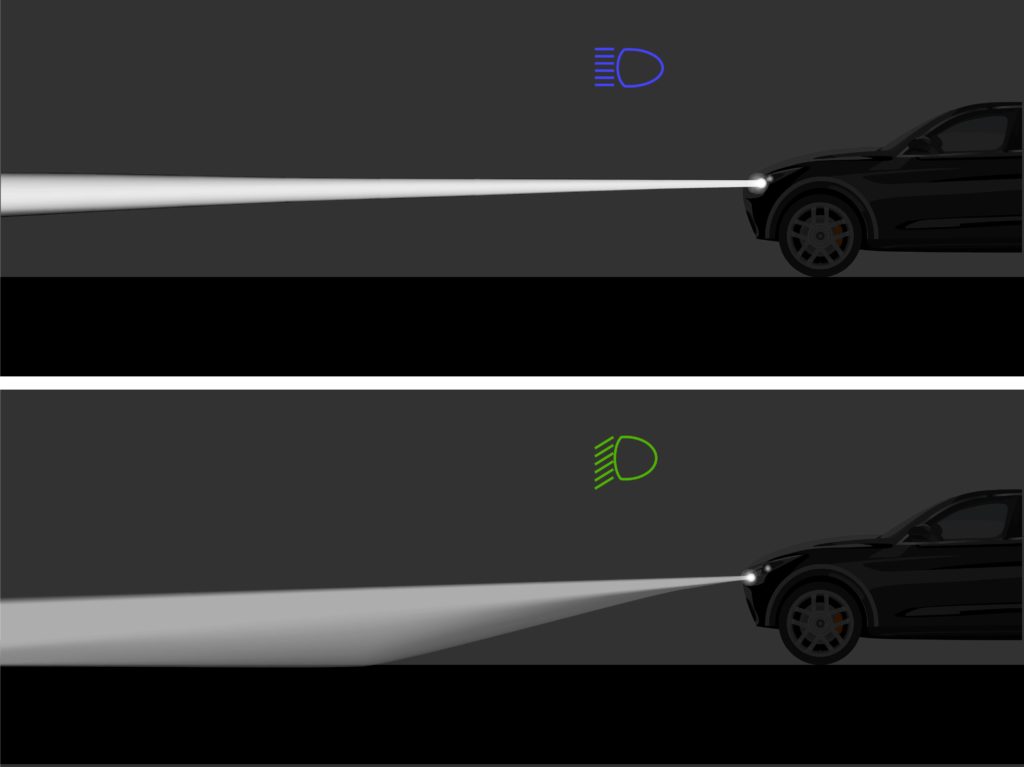If there is a human involved in the case, there is a good chance that human factors theories and principles will be applicable. Human factors is the study of people interacting with their surrounding environment. A human factors expert applies their knowledge of human capabilities and limitations to each unique case to assess the physical, sensory, and cognitive factors that caused a person to behave a certain way within the surrounding environment.
Consider the following situations in which a human factors expert would be beneficial:
Case 1: A man is driving in a hilly rural neighborhood at night. Then “all of a sudden” his car strikes a large construction dumpster in the road while driving 35 mph. Why did the driver not see such a large object in his vehicle’s path? A human factors analysis would reveal that the dark green coloring of the dumpster lacked sufficient contrast in the roadway environment. Human visual systems rely on photopic information to see. Understandably, without light, human visual performance declines rapidly. For an object to be visible in low light conditions like nighttime, it must be specifically designed to be seen. This can be accomplished through visibility aids such as retroreflective markings or active lighting in the form of streetlamps, etc. However, in this case there were no visibility aids located on the dumpster, rendering the dumpster indistinguishable from the surrounding environment. In addition to the visual properties of the dumpster and limitations of visual perception at night, there was a limited field of view afforded by the vehicle’s low beam headlights and roadway geometry. Low beam headlights are designed to illuminate the road just ahead of the vehicle. They are pointed slightly downward so that they illuminate the road but don’t blind oncoming traffic. In contrast, high beam headlights are pointed straight forward so that they light further down the road. This roadway consisted of two hills and a small valley. As the driver was descending one hill, the tilted down directionality of the vehicle’s headlights only illuminated the base between the hills. The dumpster, located just above the hill’s base on the forward crest of the second hill, was not illuminated by the headlights until the vehicle was near the hazard. By the time the dumpster entered the driver’s field of view afforded by the properties of the vehicle’s headlights, it was too late for the driver to correct his trajectory and the driver crashed into the dumpster.

High beam headlights (top) are positioned straight ahead of the vehicle to illuminate further down the roadway whereas, low beam headlights (bottom) are angled down toward the ground to illuminate the roadway directly in front of the vehicle.
Case 2: An elderly woman was walking down a short flight of stairs in a new restaurant with her family. The stairs were stained to match the dark flooring found throughout the restaurant. As she and her family were being led down the short flight of stairs to the lower landing, the woman misstepped and fell off the second to bottom stair tread. A human factors analysis revealed that the woman misstepped due to confusing visual information. Human depth perception uses visual information such as accommodation, convergence, retinal image size, linear perspective, texture gradient, occlusion, motion parallax, etc., to determine the distance between the observer and objects in the environment. Deceptive visual information causes people to misperceive their surrounding environments resulting in an incident and injury. In this instance, the elderly woman fell off the second to last stair tread because the landing and the treads were made of the same type and color of wood. Further, the stairwell was poorly lit. Thus, the small flight of stairs presented a challenging visual environment for the elderly woman to accurately navigate. Based on the available visual information, this woman believed she had reached the bottom of this short flight of stairs to the landing. This belief caused her to transition her behavior and gait from descending the stairs to walking on the landing. However, she had only reached the second to the last step, causing her to “air step” where she judged the landing to be. The woman lost her balance based on the conflicting visual and physical evidence available to her resulting in a fall.

Stair treads that lack sufficient contrast with the landing can cause observers to misperceive the presence and/or location of the bottom tread in relation to the landing.
A human factors expert, relying on empirical data, can offer an additional layer of knowledge to a case or claim that may otherwise be misinterpreted or go unnoticed. A human factors expert can also work together with other experts to paint a more comprehensive picture of the circumstances surrounding an incident. In short, don’t forget about the factors influencing human behavior because it can provide a more comprehensive picture of how and why an incident occurred in the first place.
Dr. Ellen Szubski, Ph.D, is a human factors consultant at The Warren Group. She has a Doctor of Philosophy in Human Factors Psychology and a Master of Science in Applied Psychology from Clemson University. She did her dissertation on “The Influence of Pedestrian Biological Motion on Time-To-Collision Estimates at Night”. Prior to entering the forensic field, Ellen planned and conducted experiments for a major bicycle manufacturer. She also conducted laser strike perception studies for the Department of Defense. Ellen applies her experience in Human Factors to the analysis of crash investigations and other personal injury matters. These matters often include collisions involving vulnerable road users and drivers, driver distraction, and slips, trips, and falls. She utilizes her knowledge of OSHA regulations, codes, and standards in her analysis of premises liability incidents and safety consulting. Ellen is a current member of the Human Factors and Ergonomics Society (HFES) and it’s Forensic Professional Technical Group.



